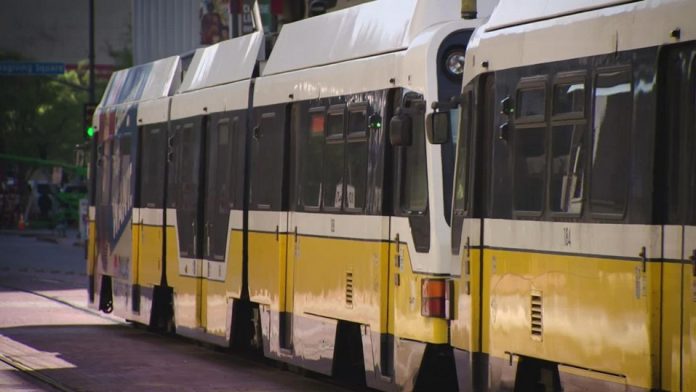Dallas, Texas – In a significant victory for student activists, the Dallas Area Rapid Transit (DART) system has greenlighted a student-driven proposal for free ridership for K-12 students in the city, Dallas Metro News reported. This monumental decision was made possible by the city’s allocation of $250,000 from an interlocal agreement with DART. This agreement allowed the city to access $80 million in excess sales tax revenue amassed by the public transportation organization.
Details of the Program
Last Friday’s announcement shed light on the operational dynamics of this ambitious initiative. Authored by Assistant City Manager Robert Perez, the memorandum accentuated the exclusivity of the program’s financial feasibility, underscored by the earmarked quarter-million-dollar fund. With a fiscal ceiling in place, the initiative won’t be universally accessible to every student.
Emphasizing a pragmatic approach, the plan will roll out 1,302 passes for middle and high school students for the upcoming spring semester. This allocation is balanced against the city’s educational landscape, which houses 12 school districts, and the available budget of $250,000. This funding layout can cater to an annual DART pass for 260 students across all grades. Alternatively, it can serve a broader student base but for a shorter duration, which can be beneficial for monitoring user engagement.
Collaboration is the name of the game, with the city and school districts joining hands to determine which students qualify. Factors like dependency on public transit will be critical in making these decisions. The City Council has been informed of ongoing preliminary talks with all 12 school districts.
Concerns from City Council
Despite the initiative’s promising prospects, there have been noticeable concerns. At a City Council meeting, District 11 Councilwoman Jaynie Schultz expressed significant disappointment with DART’s seeming reluctance to back the program wholeheartedly. She, along with her colleagues, observed that the program seems to have deviated from its originally envisioned scale. Schultz passionately remarked on DART’s approach, “Playing games with the numbers is not the way to do this. I’m very disappointed with DART.”
Perez responded to Schultz’s concerns by citing DART’s existing policies. He referenced the fare concessions already available to middle and high school students, contingent on presenting valid student IDs or acquiring a specialized pass from DART’s downtown hub.
The Vision for Dallas’s Youth
The movement has its roots in recognizing the vast potential that unhindered transit access can unlock for Dallas’s young denizens. As Kidus Girma, a prominent member of Sunrise Dallas, articulately outlined in July, the city offers a plethora of resources for its youth – be it the bustling arts district, myriad cultural centers, museums, or a sprawling library system.
Girma extolled the transformative capability of such a transit initiative. He believed it could open doors to myriad opportunities for students – from internships and part-time jobs to increasing the allure of magnet and choice educational institutions. He posed thought-provoking questions about accessibility, “Will they be able to get to the DMA or the Perot? Will they be able to see their friends? Get a side job? Go to the movie theater?”
Looking Ahead
The logistics are falling into place. Tap cards for accessing the transit system will be handed to the eligible student body in December, aiming for a full-fledged program launch in January. These cards will be instrumental in gauging program success, as they’ll track ridership metrics. The future of this program, whether it sees expansion or modifications, will largely rest on the actual usage patterns of these tap cards by students.
In conclusion, this endorsement signals a commendable stride towards making Dallas more accessible for its youth. As this pilot initiative prepares to roll out, it embodies hope, potential, and a testament to the power of proactive student activism. Only time will tell how it pans out, but its initiation stands as an emblematic victory for youthful advocacy in the heart of Texas.

